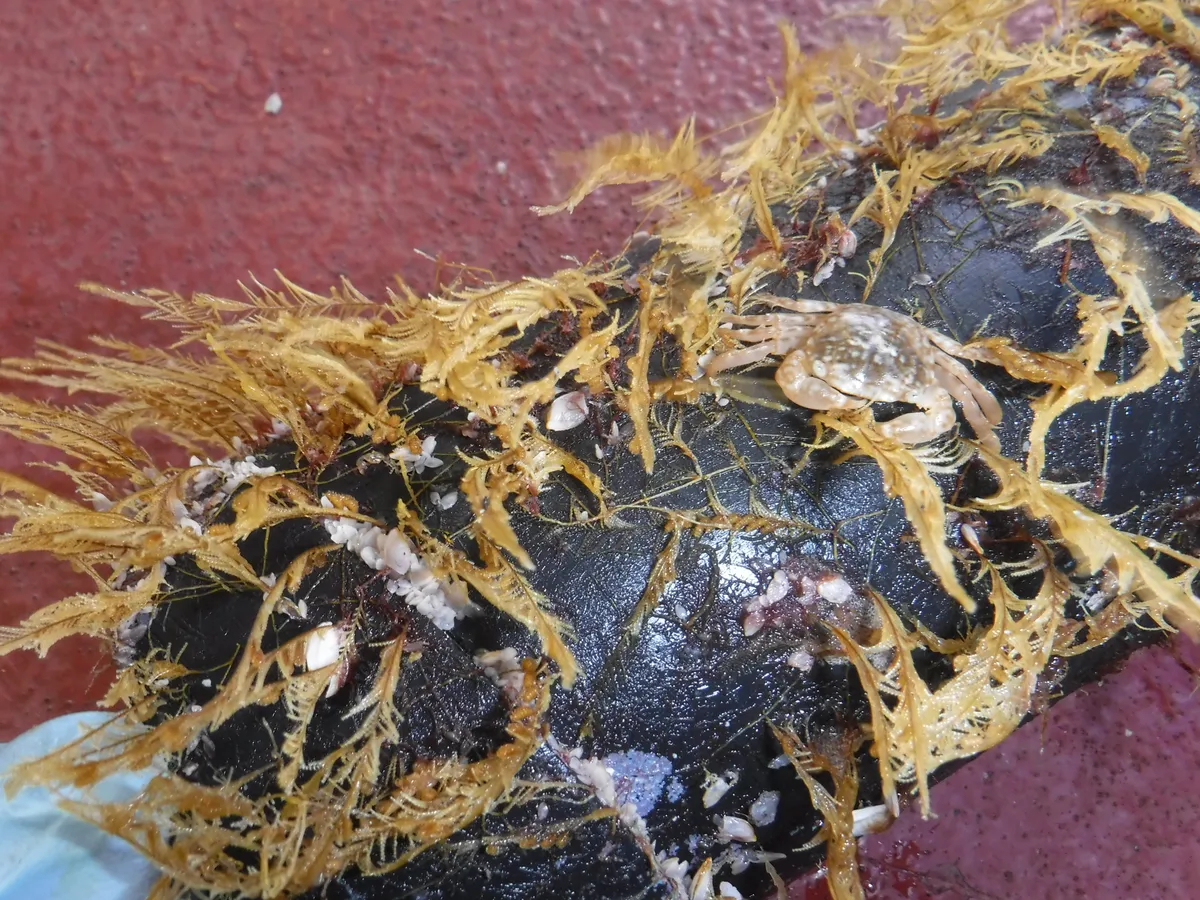The North Pacific Subtropical Gyre, or as it is more commonly known, the Great Pacific Garbage Patch, is a 79,000-tonnes mass of plastic waste floating in the open ocean between California and Hawai’i that covers a region of 1.5 million square kilometres.
It is the largest of the world’s five trash-filled gyres, which form when plastic and other forms of waste are taken out to sea by surface currents and are then trapped and gathered together into great masses by rotating currents.

Now, a study carried out by researchers at the Smithsonian Environmental Research Center (SERC), the University of Hawai’i and the Ocean Voyages Institute have found many coastal species - including anemones, hydroids and shrimp-like amphipods – making their homes on the mass of plastic waste.
They dubbed these communities neopelagic, from “Neo” meaning new, and “pelagic” meaning open ocean.
“The open ocean has not been habitable for coastal organisms until now,” said SERC senior scientist Greg Ruiz, who heads the Marine Invasions Lab. “Partly because of habitat limitation - there wasn’t plastic there in the past - and partly, we thought, because it was a food desert.”
Using current models created by researchers at the University of Hawai’i to target the locations where plastic waste was most likely to pile up, the Ocean Voyages Institute team collected 103 tonnes of plastic and other waste from the North Pacific Subtropical Gyre. This material was then analysed by the team at SERC.
“The issues of plastic go beyond just ingestion and entanglement,” said Linsey Haram, lead author of the article and former postdoctoral fellow at SERC. “It’s creating opportunities for coastal species’ biogeography to greatly expand beyond what we previously thought was possible.”
Read more about plastic pollution:
- What does biodegradable plastic degrade into?
- Why is black plastic so difficult to recycle?
- Does the plastic debris found in bottled water affect our bodies?
The team are still unsure as to how the neopelagic colonies are finding food – it is possible they are drifting into existing food hotspots, or perhaps the plastic itself is acting as a reef and attracting food sources to it, they say.
Nor are they sure how common the colonies are, or if they even exist outside the North Pacific Subtropical Gyre. However, as the production of global plastic waste continues to increase, the team think it seems likely that these colonies of coastal rafters will continue to grow.